We often refer to make-up powder as though it’s the one product – but there are actually a bunch of different types that fall under this umbrella, hence the confusion one might feel when trying to pick the right one.
RELATED: How to master your make-up base
RELATED: Your guide to highlighters
So if you’re on the hunt for a powder and have no idea where to start, you’ve come to the right place with this guide.
Different types of make-up powder:
Translucent powder – “A translucent powder is generally used to set make-up and control shine giving a matte finish,” says Emma Reid, Founder of Musq Cosmetics. It’s called translucent because once it’s applied it should be virtually invisible.

- Mary Kay Translucent Powder
- e.l.f. cosmetics Studio Translucent Mattifying Powder
- Arbonne Setting Pretty Translucent Loose Powder Broad Spectrum SPF 15
Finishing powder – “A finishing powder is [typically] white and often used in instances such as a photo shoot to minimise fine lines and pores giving a very ‘perfect’ finish.”

- NYX Studio Finishing Powder
- Australis Ready Set Go Finishing Powder
- Jurlique Rose Silk Finishing Powder
RELATED: Make-up artists reveal their photo shoot secrets
Loose powder – A loose powder is made up of small particles and comes in a jar rather than a compact. It typically comes in similar shades to liquid foundation and provides buildable coverage.

- Almay Smart Shade Loose Powder
- Rimmel London Match Perfection Loose Powder
- COVERGIRL Professional Loose Powder
Pressed powder – Pressed powder does come in a compact form, making it easier to use on the go. “Pressed powder is more suitable for touch-ups and a light, natural finish,” says Emma.

- ulta3 Pressed Powder
- essence Mattifying Compact Powder
- L’Oréal Paris Infallible Compact Powder Foundation
Mineral powder – Mineral powder can come in both pressed and loose form. It’s made from tiny micro-particles that were once minerals deep in the depths of the earth. They often boast extra skin care benefits like anti-inflammatory properties and breathable coverage.

Finely milled powder – “Finely milled powder generally refers to a loose powder foundation as it consists of smaller particles and is more buildable than a pressed powder,” explains Emma.
RELATED: 4 things that will make your make-up look better
So how do you know which one to use?
For fuller coverage…
The beauty of a powder foundation is you can gradually build it up for a total coverage without feeling heavy on the skin. “For a full coverage powder foundation I recommend [using] a mineral loose powder foundation, as it is denser in nature,” says Emma.
For oily skin…
A translucent powder will be your saviour. It will help your make-up last longer and keep shine at bay throughout the day for a matte finish. If you’re after coverage at the same time, choose a matte pressed powder.
For dry skin…
A common problem when using a make-up powder on dry skin is it can sometimes accentuate dryness and settle into lines. The best practice is to use a loose, finely milled powder sparingly for lighter coverage and only in areas where your make-up tends to disappear throughout the day.
For ageing skin…
If pores and lines are your main concern, a finishing powder can help to blur them. Just be careful to blend it properly for events where there will be photos, as the camera flash can bounce off it and accentuate the white colour – an unfortunate incident that happens to the best of us.
Do you use a make-up powder? If so, which kind do you use and what do you find it best for?
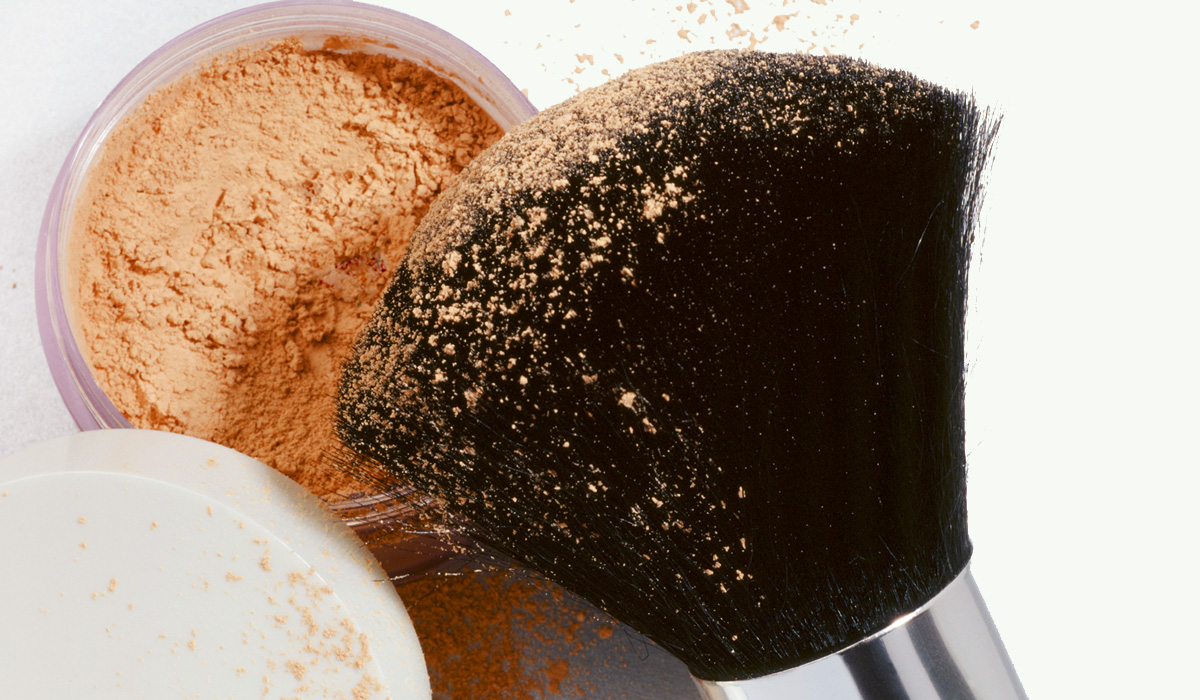
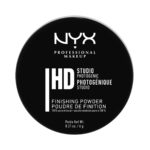
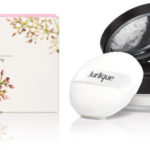
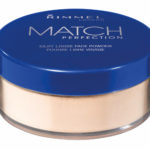
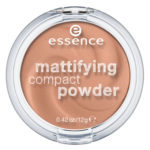

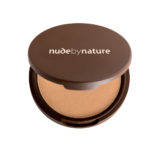
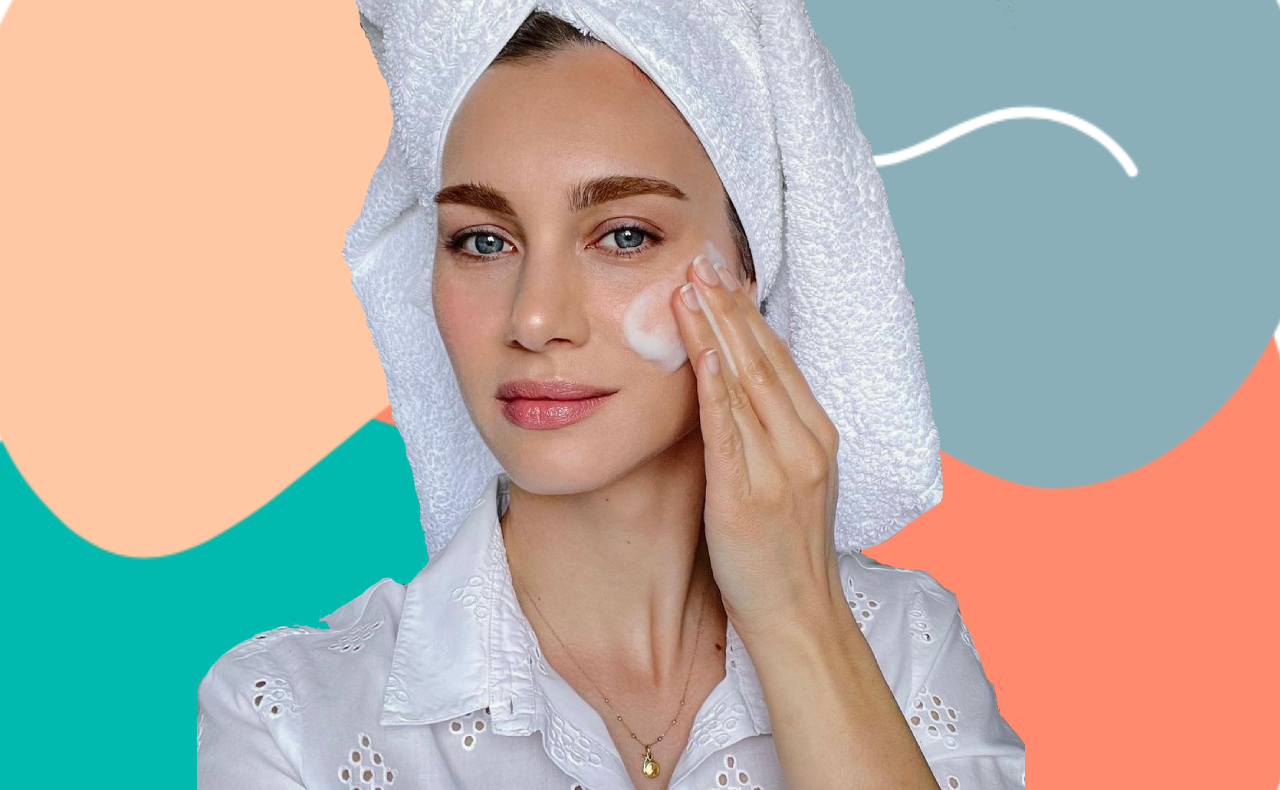
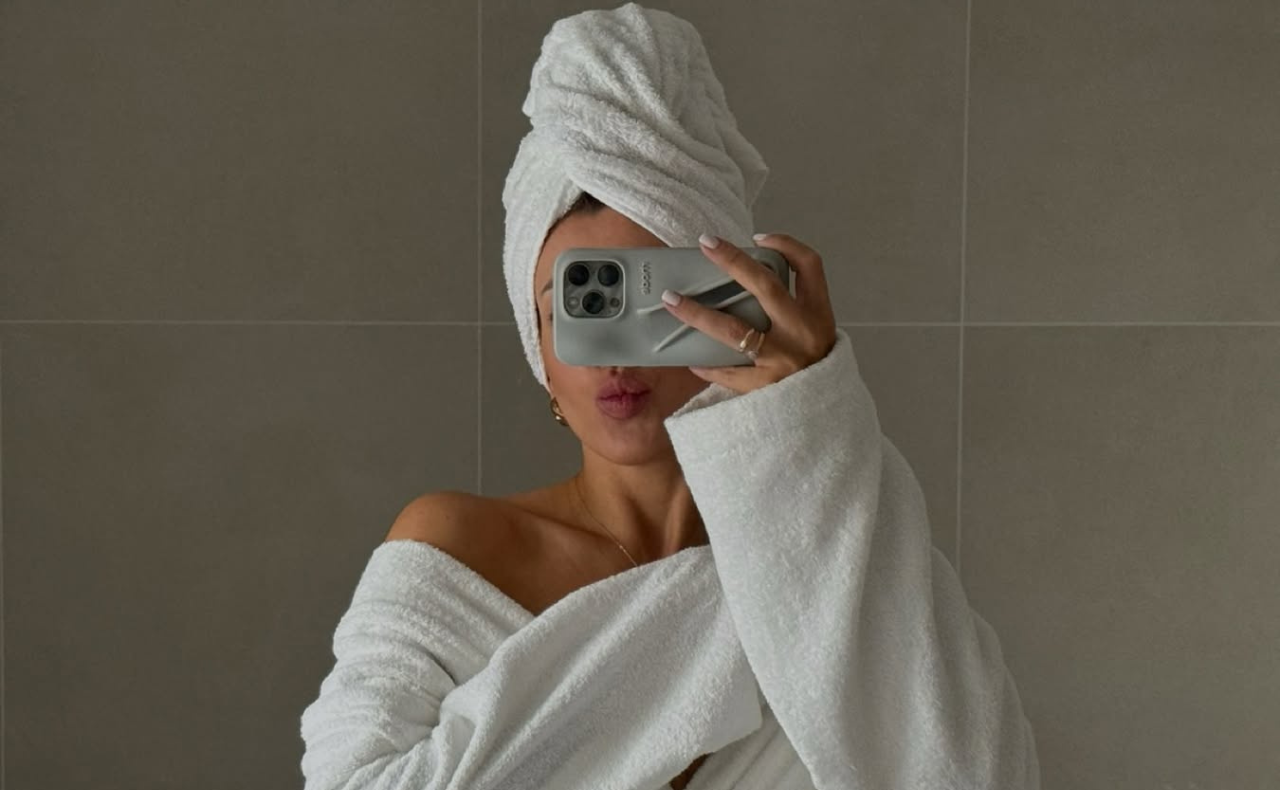
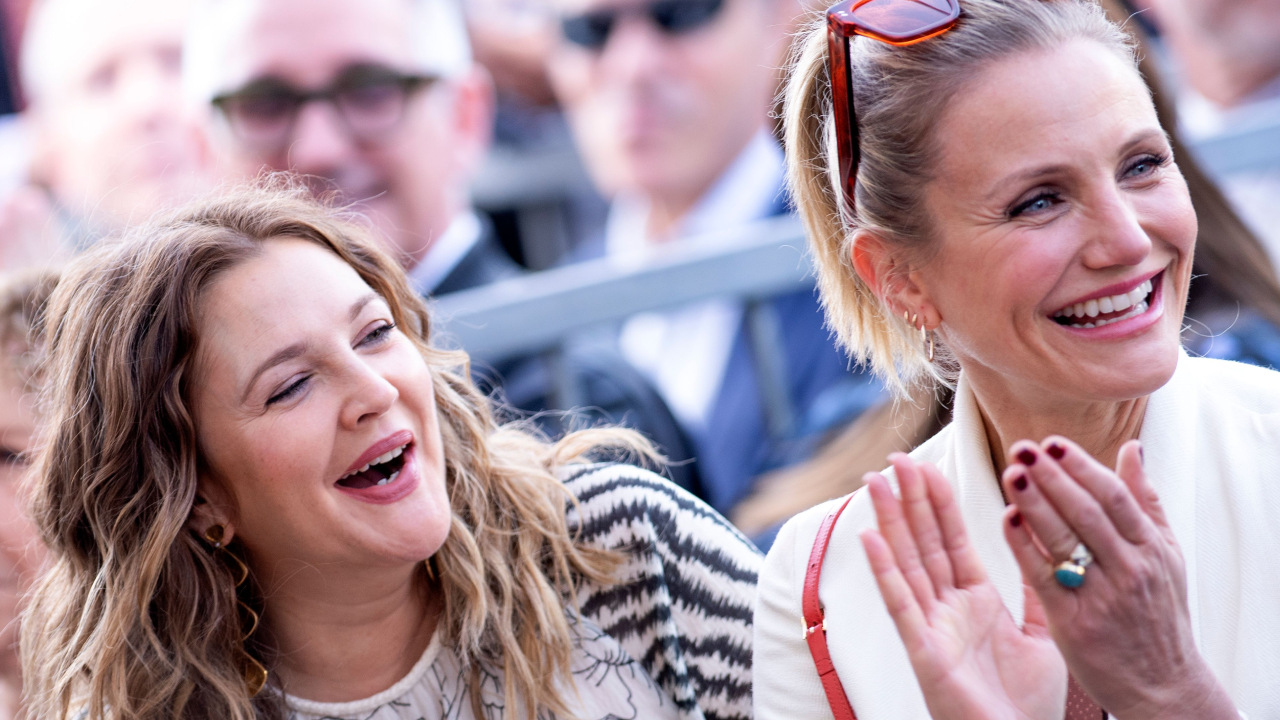
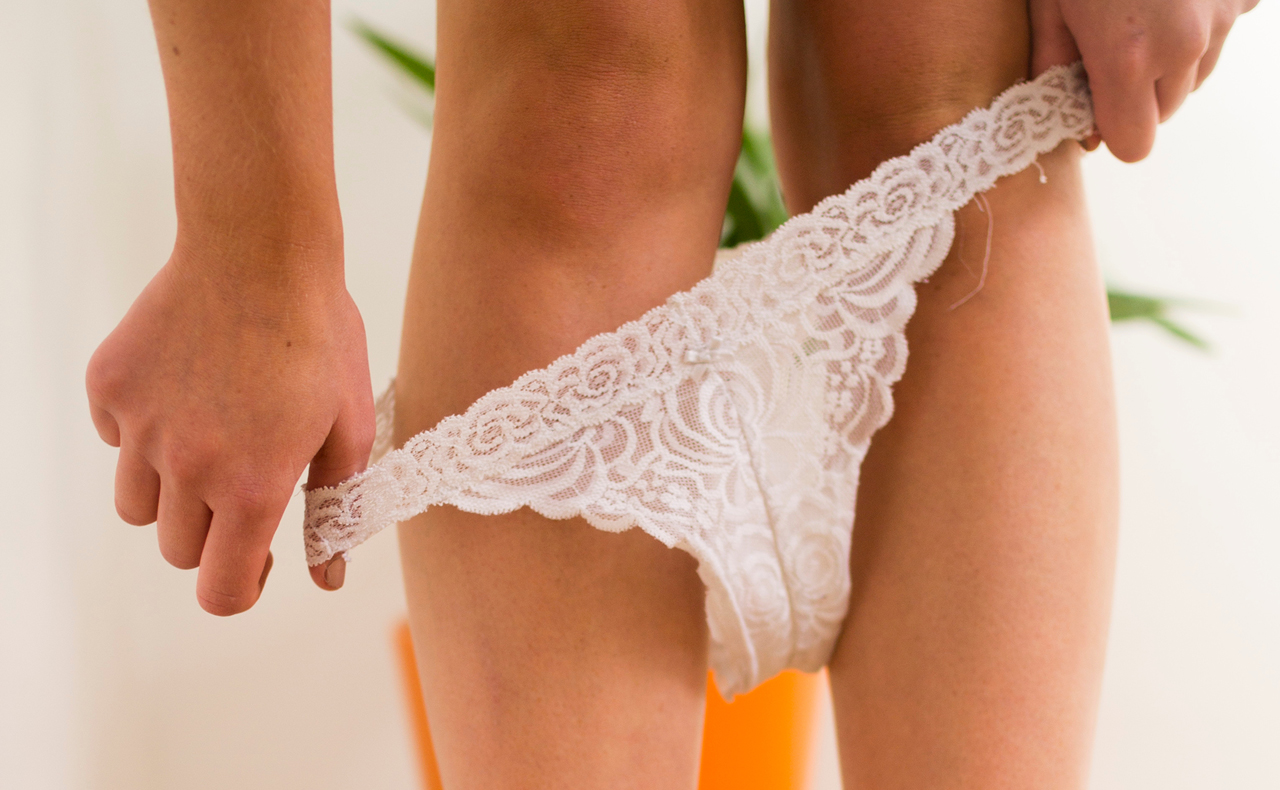
I’m new in a powder game. And love translucent powders most. Discovered I have skin on oily side. =D Inika atm my fave, lasts all day!